How Scientists Use Ice to Study Ancient Climates and Why It Matters
Published Nov. 30 2022, 4:07 p.m. ET
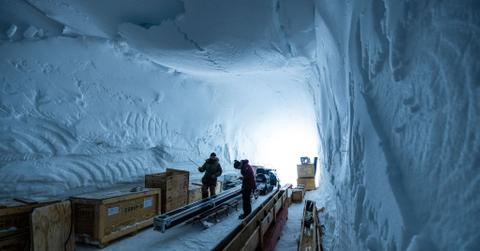
The environment is full of clues when it comes to an area’s climate. We can learn a lot of useful and interesting information simply by observing the world around us — and one of the things we can observe is ice.
Ice can actually reveal a lot of significant insights into the past. In fact, scientists use ice to study ancient climates. But how exactly does that work? Keep reading to learn more.
The layers in glacial ice are a source of endless information.
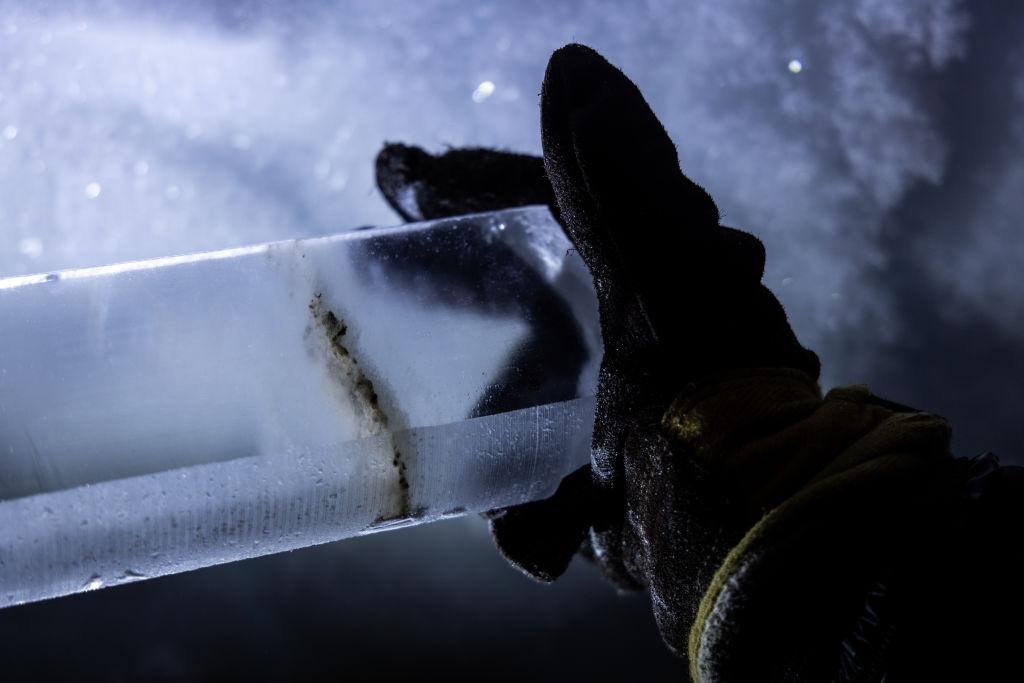
You might be wondering: how can you get so much data from a chunk of ice? Well, glacial ice is full of history, and that history is represented in various layers.
Each layer of ice is formed by compacted snowfall from the corresponding year, according to the American Geosciences Institute (AGI). Light-colored layers represent summer snowfall when there’s more precipitation and moisture; this snow is described as fresh and clean. Darker layers are representative of the winter season; the blowing winds and dust create a darker color.
These layers are only millimeters to centimeters thick, AGI explained, yet they hold an endless supply of information.
What else can ice teach us?
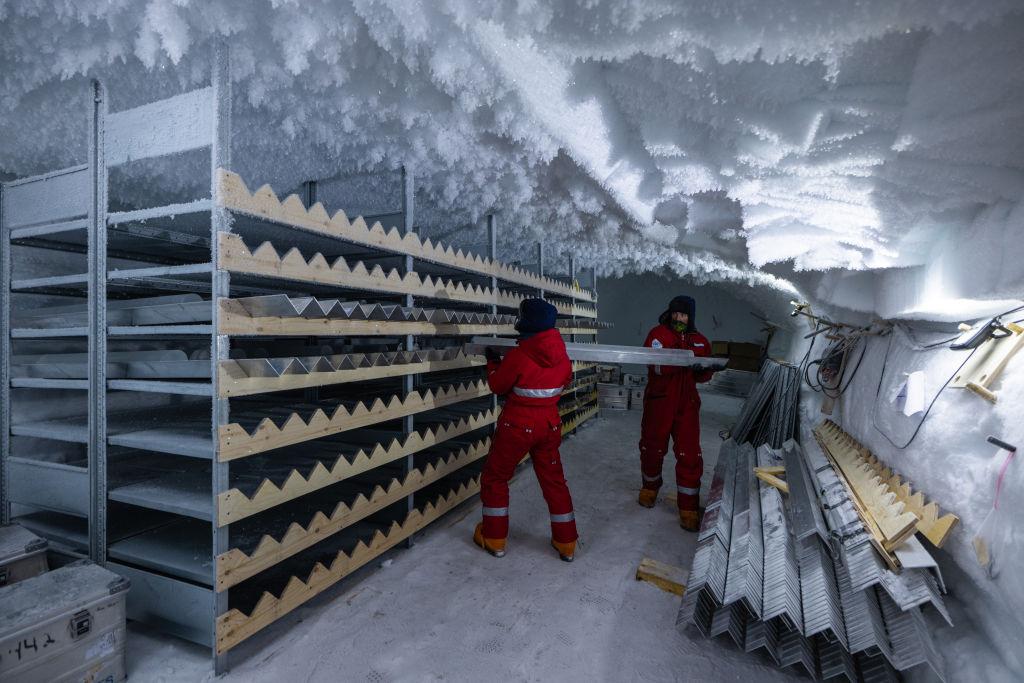
In addition to color, there are a ton of other properties that allow scientists to learn about the climate during the time each layer formed. The National Oceanic and Atmospheric Administration (NOAA) describes glacial ice: “These natural recorders provide scientists with information about temperature, precipitation, and a number of other aspects of climate.”
By itself, ice reveals many different properties, but ice cores can give us valuable information too, due to their ability to capture the gas concentration in the atmosphere, NOAA explained. Ice cores can teach us about the climate’s past precipitation, temperature, atmospheric composition, wind patterns, and volcanic activity.
“Like a prehistoric fly trapped in amber during dinosaurs' days, airborne relics of Earth's earlier climate — including dust, air bubbles, sea salts, volcanic ash, and soot from forest fires — can end up trapped in glacial ice for eons,” as per NOAA.
Scientists add up all of these different clues to put together an idea of what ancient climates were like.
The process of uncovering glacial ice data:
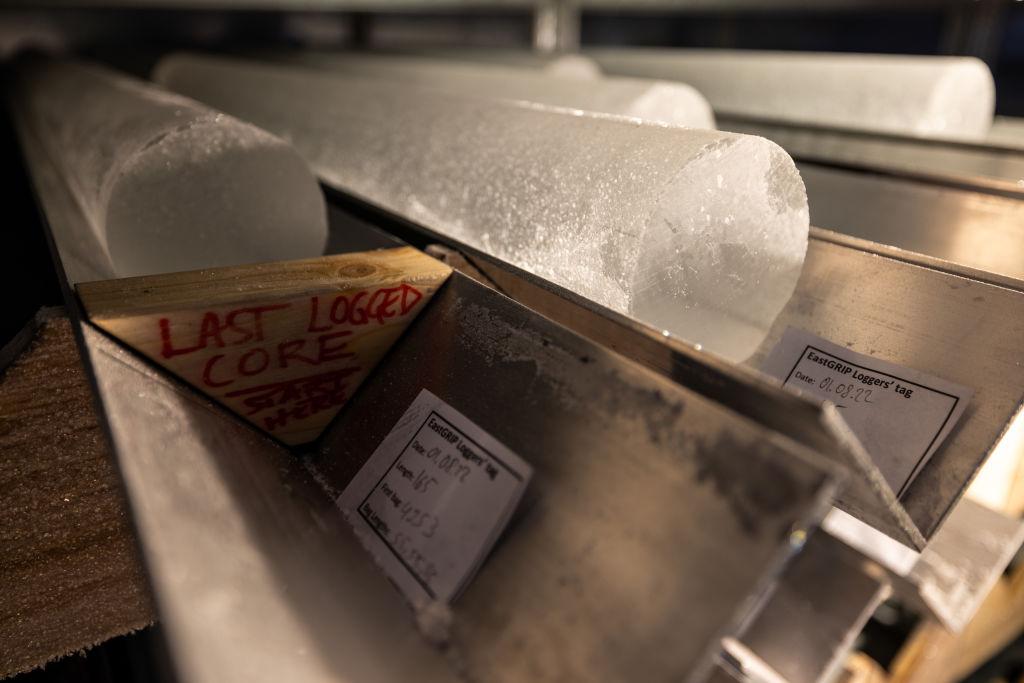
When it comes to studying ice and unlocking its secrets, it’s important to have a clean workspace. Researchers wear body suits and gloves — not just one pair, but multiple layers. The room is also equipped with vents and filters.
“Because every clue in the ice, whether a grain of sea salt or an air bubble, is so minuscule and the measurements must be incredibly precise, any analysis must be done in a 'clean room' setting,” according to NOAA.
To learn all of the pertinent information, scientists usually crush or melt the ice samples. Vacuum hoods are used to crush the ice and study trapped air bubbles — these can hold data about earlier atmospheres.
Melted samples are run through instruments like mass spectrometers, gas chromatographs, and scanning electron microscopes. These tools can reveal tiny particles of pollution of things like radioactive fallout, volcanic ash, or dust, NOAA explained.
So what do we do with this information?
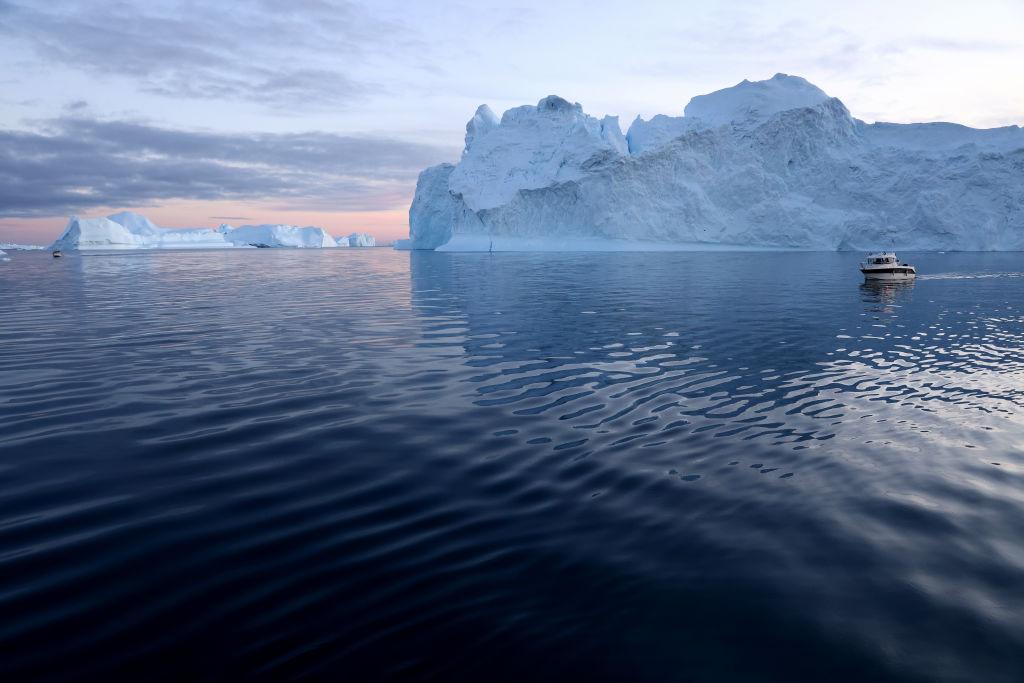
Even though this data is from the past, it can still help us learn about our present — we can get a better idea of how climate change could impact glacial ice based on historical data.
“Ice cores may reveal whether Antarctica's western ice sheet melted fully the last time Earth's climate warmed to the temperatures the planet is predicted to reach in the next two centuries,” according to NOAA.
This is a pretty big deal since coastal regions would be largely impacted by rising sea levels, which is a problem that we are already dealing with. Using ice to study ancient climates could help us learn more about the direction of our current climates.